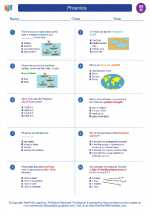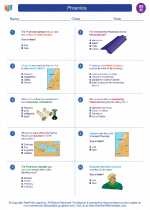Hijra in Islamic History
The term "hijra" in Islamic history refers to the migration of the Prophet Muhammad from Mecca to Medina in 622 CE. This event marked the beginning of the Islamic calendar and is considered a pivotal moment in the history of Islam.
Reasons for the Hijra
The hijra was prompted by the growing hostility and persecution faced by the early Muslim community in Mecca. The Prophet Muhammad and his followers sought refuge and the freedom to practice their faith in the city of Medina.
Impact of the Hijra
The hijra not only provided a safe haven for the Muslim community, but also established the first Islamic state in Medina. It marked the beginning of a new phase in the development of Islam as a comprehensive way of life, encompassing religious, social, and political aspects.
Key Events of the Hijra
- Prophet Muhammad's departure from Mecca
- The arrival in Medina and the establishment of the first mosque
- The formation of treaties and alliances with the various tribes in Medina
- The growth of the Muslim community in Medina
Lessons from the Hijra
The hijra teaches important lessons about perseverance, faith, and community building. It highlights the importance of seeking refuge from persecution, establishing just and inclusive societies, and working towards the common good.
Study Guide
Here are some key points to consider when studying the hijra:
- What were the circumstances that led to the hijra?
- How did the hijra impact the early Muslim community?
- What were the key events that took place during the hijra?
- What lessons can be learned from the hijra in the context of Islamic history?
Understanding the hijra is essential for grasping the foundational principles of Islam and its historical development. It is also important for appreciating the significance of migration and community-building in the Islamic tradition.
.◂Social Studies Worksheets and Study Guides Eighth Grade. Phoenicia

 Worksheet/Answer key
Worksheet/Answer key
 Worksheet/Answer key
Worksheet/Answer key
 Worksheet/Answer key
Worksheet/Answer key
